Rubber Foam Board Installation Guide: Key Issues and Practical Fixes
2025-10-29 08:17:00
Among modern insulation materials, rubber foam board stands out for its combination of flexibility, durability, and excellent heat and sound control properties. It is widely applied in HVAC systems, construction projects, pipelines, and machinery to reduce heat loss, prevent condensation, and minimize noise.
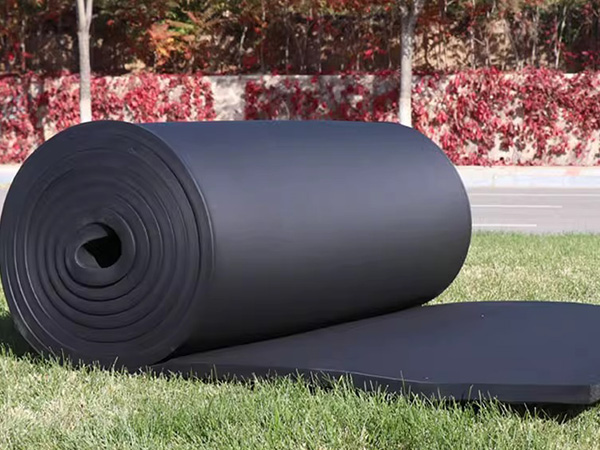
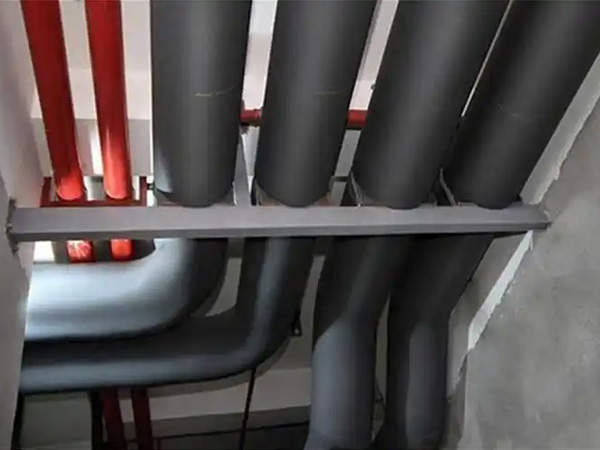
However, even the best material won’t perform well without correct installation. Mistakes such as poor surface cleaning, inaccurate cutting, or weak adhesive bonding often lead to reduced insulation performance or premature material failure.
This comprehensive rubber foam board installation guide explains proper installation methods, outlines common challenges, and provides easy, field-tested fixes. As a China supplier and manufacturer, we provide bulk rubber foam board products designed to meet demanding project requirements worldwide.
What Is Rubber Foam Board?
Rubber foam board is a closed-cell insulation material made from flexible rubber compounds, commonly NBR or EPDM. The closed-cell structure traps air inside, forming a natural barrier against heat transfer and vibration.
Main features include:
·Excellent thermal resistance and low heat conductivity
·Effective noise and vibration absorption
·Waterproof and non-permeable to moisture or condensation
·Flexible and lightweight, suitable for curved or complex surfaces
·Resistant to aging, UV, and weathering
Because of these properties, rubber foam board is commonly used for insulation in ductwork, industrial piping, cold storage, and building walls.
Preparation Before Installation
Before you start installing, take time to prepare the work area properly. Good preparation prevents most installation failures later on.
You’ll need:
·Tape measure and straight ruler
·Utility knife with sharp blades
·Cleaning cloth or solvent
·Recommended adhesive for foam rubber materials
·Protective gloves
Preparation steps:
1.Clean all surfaces thoroughly to remove dust, oil, or rust.
2.Measure carefully to avoid cutting errors or material waste.
3.Check environment conditions — moderate temperature (10–35°C) ensures proper adhesion.
4.Plan joint placement to minimize seams in high-stress or high-moisture areas.
Installation Process Step-by-Step
1. Preparing the Surface
Ensure the base surface is smooth, clean, and completely dry. A contaminated surface can cause poor bonding and eventual detachment.
2. Cutting and Fitting
Cut the rubber foam board according to your measurements. Always use a sharp blade to avoid tearing the material. When fitting multiple boards, maintain tight joints to reduce gaps.
3. Applying Adhesive
Apply a thin, even layer of adhesive to both the substrate and the foam surface. Allow a few minutes for the adhesive to become tacky before pressing the board into place.
4. Positioning and Pressing
Align the board precisely and press firmly, moving from the center outward to remove trapped air. For corners and curved surfaces, bend the material slowly to prevent creasing.
5. Sealing and Finishing
Seal all joints and edges with compatible adhesive or sealing tape. This prevents moisture infiltration and maintains insulation continuity.
Common Challenges and How to Fix Them
1. Adhesion Problems
Cause: Dusty surfaces or low-quality adhesive.
Fix: Reclean surfaces and use high-temperature, foam-safe adhesive. Allow full curing before applying mechanical stress.
2. Gaps and Uneven Edges
Cause: Poor measurement or inaccurate cutting.
Fix: Recut to size and fill small gaps with insulation sealant or matching foam strips.
3. Condensation Issues
Cause: Incomplete sealing or improper installation in humid environments.
Fix: Re-seal joints completely and ensure the insulation forms a continuous barrier.
4. Surface Deformation or Shrinkage
Cause: Installed under excessive tension or exposed to high heat.
Fix: Reinstall using neutral pressure and ensure even support underneath.
5. Delamination Over Time
Cause: Exposure to UV or incompatible adhesives.
Fix: Apply protective coatings or shielding covers for outdoor applications.
Maintenance Tips
To maximize the lifespan and efficiency of rubber foam board, follow these maintenance guidelines:
·Inspect insulation regularly for loose seams, cracks, or moisture signs.
·Reapply sealant or adhesive where needed.
·Avoid long-term direct sunlight exposure.
·Replace damaged pieces immediately to prevent heat or sound leakage.
With proper care, rubber foam insulation can last more than a decade while maintaining stable performance.
Why Choose a Chinese Manufacturer
Partnering with a China-based rubber foam board manufacturer offers significant advantages in cost, scale, and quality.
·Stable Bulk Supply: Large factories maintain steady output, supporting global project schedules.
·Quality Assurance: Advanced production lines and rigorous inspection ensure consistent density and thickness.
·Custom Options: Different thicknesses, colors, and densities can be tailored to fit specific insulation requirements.
·Cost Efficiency: China’s mature supply chain provides high-quality materials at competitive prices for bulk buyers.
Working with an experienced Chinese supplier ensures both reliable product performance and long-term technical support.
Conclusion
Proper installation is the key to unlocking the full performance of rubber foam board. Clean surfaces, accurate measurements, and high-quality adhesives make all the difference between a temporary fix and a durable, energy-efficient system.
For contractors and distributors seeking bulk rubber foam board supply from a trusted China manufacturer, our insulation materials deliver consistent quality, easy installation, and excellent long-term results.
Choose professional solutions. Choose rubber foam board—the smart way to insulate, protect, and perform.
References
GB/T 7714:Ouda M, Abu Sanad A A, Abdelaal A, et al. A Comprehensive Review of Sustainable Thermal and Acoustic Insulation Materials from Various Waste Sources[J]. Buildings, 2025, 15(16): 2876.
MLA:Ouda, Mohamed, et al. "A Comprehensive Review of Sustainable Thermal and Acoustic Insulation Materials from Various Waste Sources." Buildings 15.16 (2025): 2876.
APA:Ouda, M., Abu Sanad, A. A., Abdelaal, A., Krishna, A., Kandah, M., & Kurdi, J. (2025). A Comprehensive Review of Sustainable Thermal and Acoustic Insulation Materials from Various Waste Sources. Buildings, 15(16), 2876.
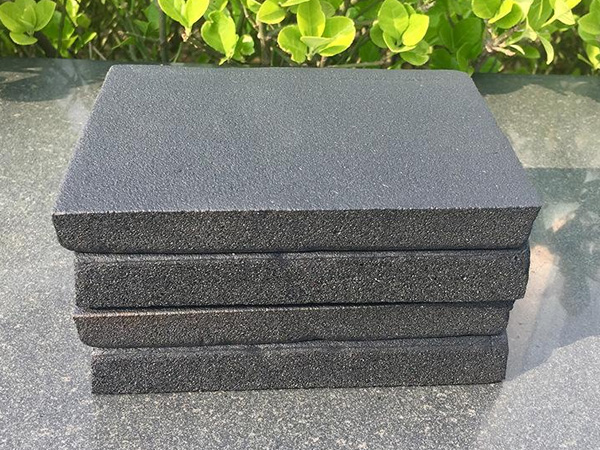
OurFlame Retardant Rubber Foamis a premium closed-cell elastomeric insulation material engi...

OurRubber Pipe Insulationis a high-performance solution designed specifically for HVAC pipi...
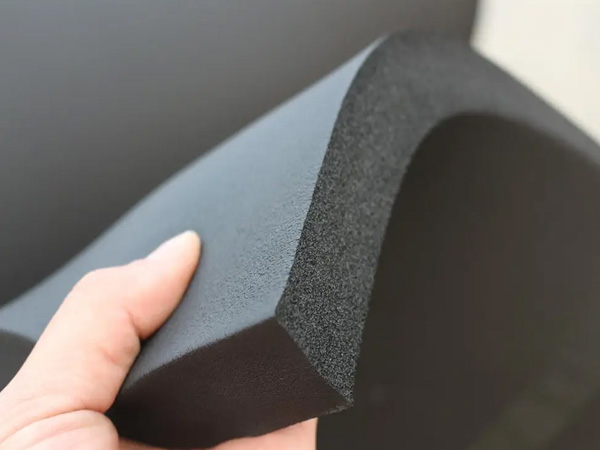
Rubber Foam Insulation Sheet – Product Introduction Premium Flexible Insulation for Therm...
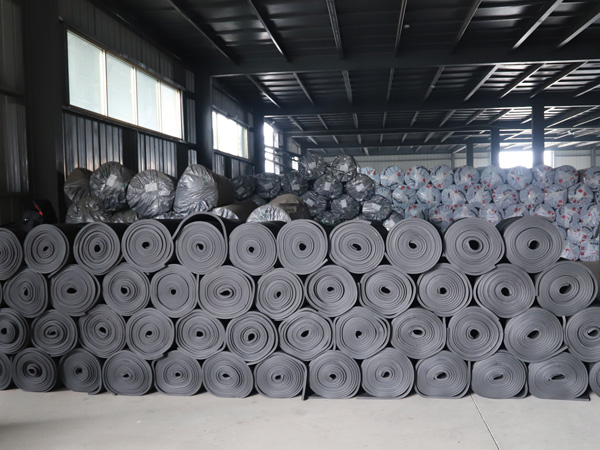
Specially engineered for refrigeration applications, ourElastomeric Rubber Insulationprovid...



